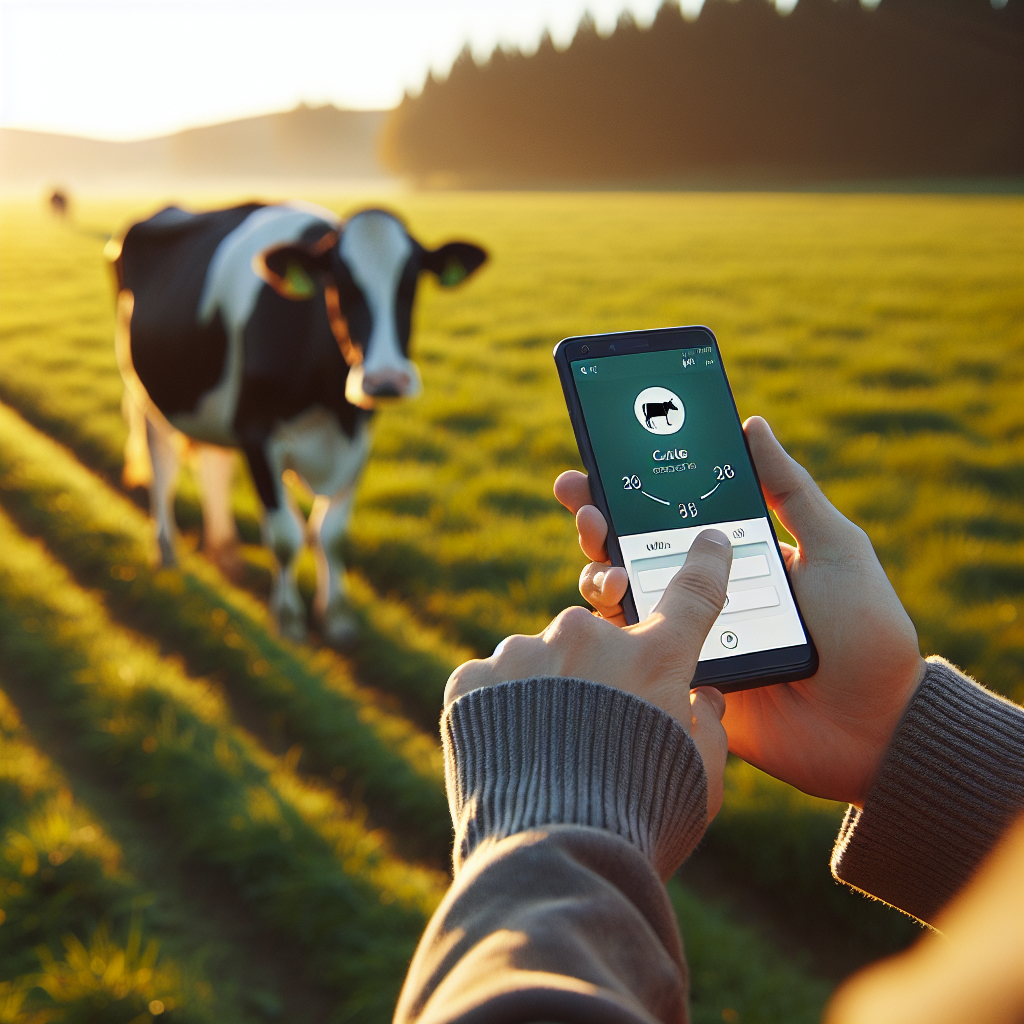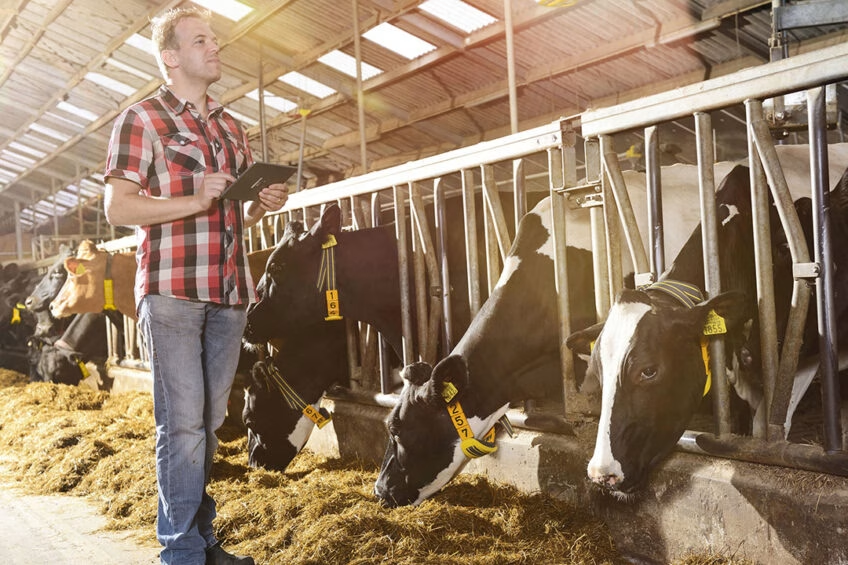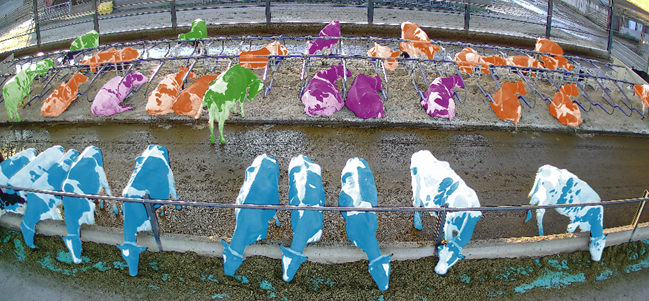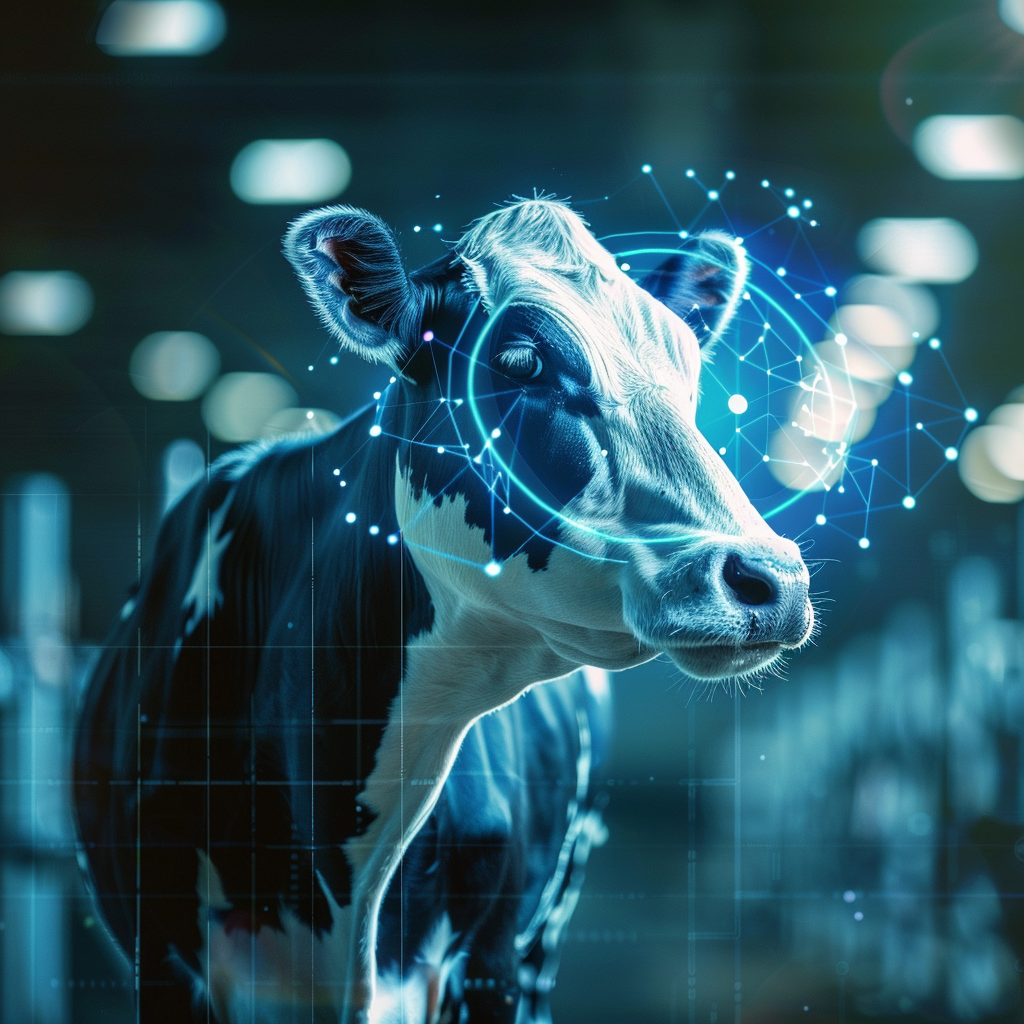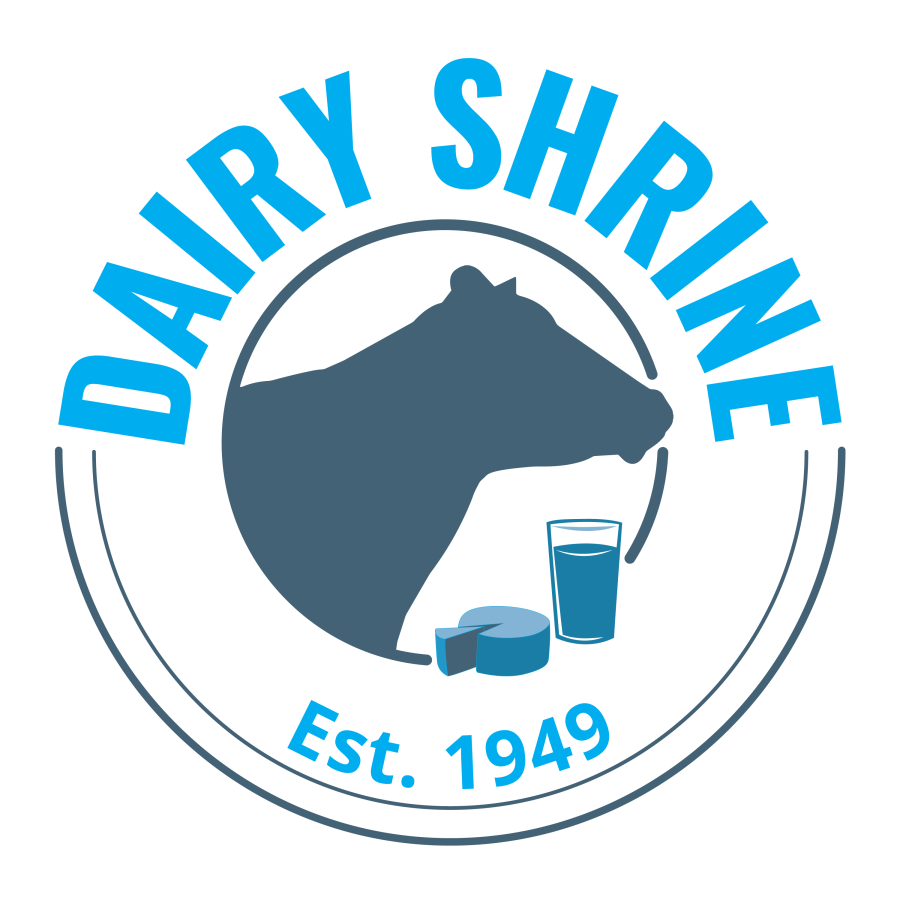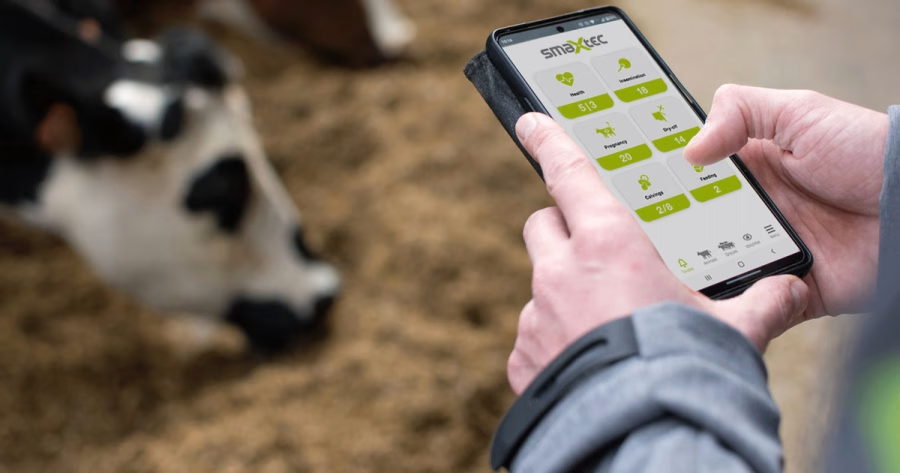Discover the top 3 challenges dairy farmers must tackle by 2050. Are you ready to reduce methane, improve welfare, and use technology for a sustainable future?
Summary: Welcome to a glimpse into the future of dairy farming. As we look ahead to 2050, the industry faces monumental challenges: reducing methane emissions, enhancing animal welfare, and leveraging technology for better herd management. Industry experts emphasize the importance of innovation and sustainable practices. The GWP* model, a crucial scientific tool, provides an accurate understanding of methane’s warming impacts, paving the way for practical solutions like efficient manure management and dietary interventions. Continuous research and integration of new technologies, such as AI-driven decision-making, are crucial for a sustainable future. These pioneering efforts promise to reshape the dairy industry as we march toward 2050.
- The future of dairy farming by 2050 hinges on addressing three key challenges: methane reduction, animal welfare enhancement, and technological advancements in herd management.
- Innovation and sustainable practices are vital; they are the hope for the industry’s long-term viability and environmental responsibility.
- The GWP* model is not just a tool; it’s a powerful resource that offers a refined understanding of methane’s impact on global warming, empowering us to devise and implement effective mitigation strategies.
- Solutions like efficient manure management and dietary interventions are crucial in reducing methane emissions.
- Continuous research and integration of AI-driven technologies will revolutionize critical aspects of dairy farming.
- Efforts towards sustainability and the application of new technologies promise to transform the dairy industry significantly by 2050.
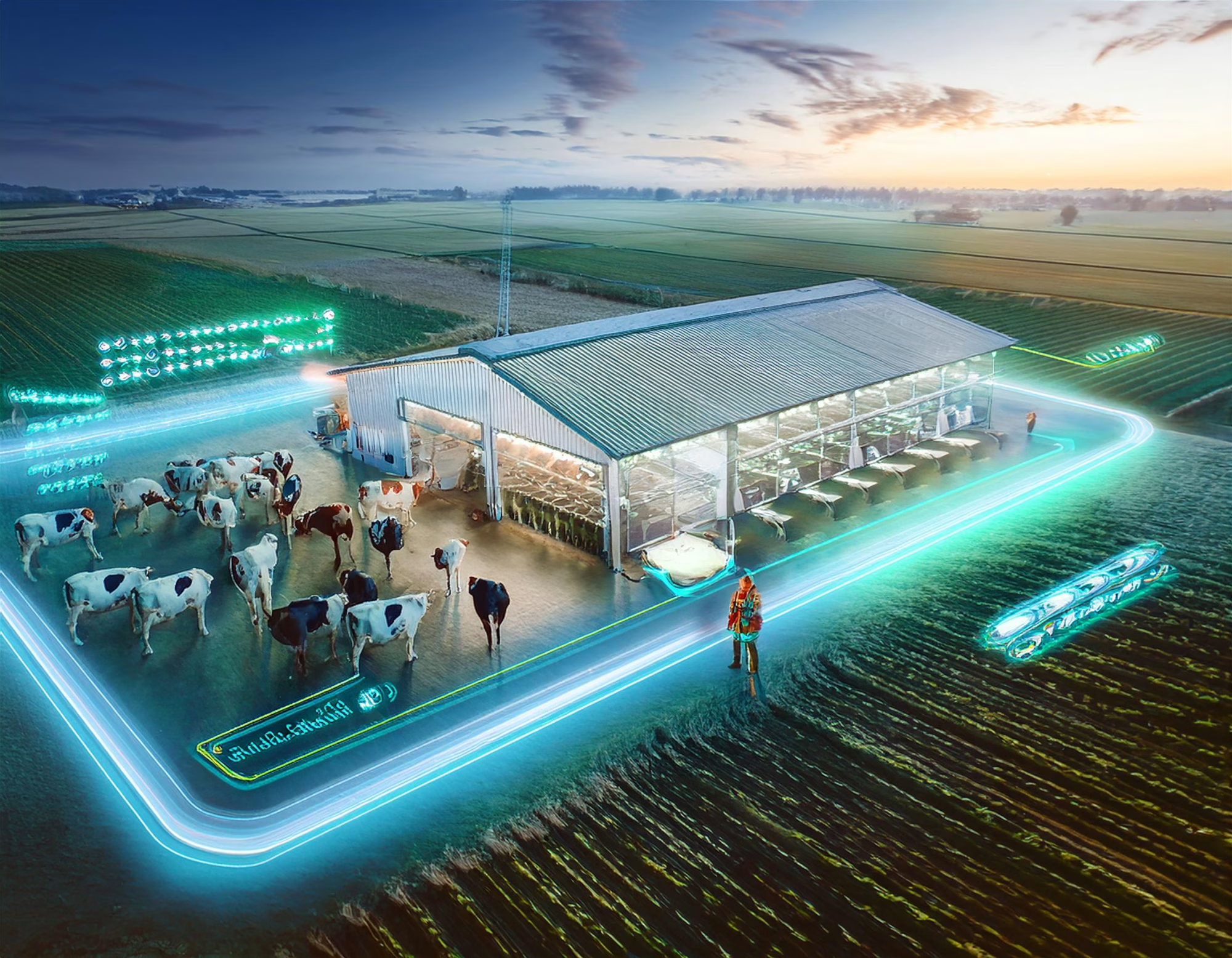
Have you ever considered the urgency of the changes that dairy farming will undergo by 2050? With rapid technological advancements and the pressing challenges of climate change, it’s critical to plan for the future. At a recent event in Ghent, Belgium, experts such as Rinse Jan Boersma, Marina von Keyserlingk, and Ilka Klaas discussed the significant challenges shaping the dairy sector. These challenges, such as reducing methane emissions, improving animal welfare, and leveraging data and technology, are not distant threats but immediate tasks that need our attention. They provide a roadmap to ensure a sustainable industry by 2050.
Reducing Methane: A Critical Imperative for the Future of Dairy Farming
Reducing methane is not just a matter of compliance; it’s about our role as industry leaders in understanding the science behind methane emissions and taking decisive action to minimize them, thereby preserving the environment and securing the future of dairy farming.
Methane (CH4) is a potent greenhouse gas (GHG) that has a much more significant global warming potential (GWP) than carbon dioxide (CO2) over a shorter period. While CH4 has a shorter lifetime than CO2, its immediate influence on global warming is much more significant. Scientifically speaking, this is where GWP models come into play.
The GWP100 model is commonly used to compare the warming effects of various gases over 100 years. However, this model overestimates the impact of short-lived GHGs such as methane. Enter GWP*, a newer model that correctly simulates methane’s warming impacts, particularly under steady or decreasing emission scenarios. This model enables us to describe better how lowering methane may shift dairy production from a global warming contributor to a ‘net cooling’ impact.
So, what can you do on the ground to reduce methane emissions? Practical mitigating solutions are not just beneficial; they are necessary. First, increasing animal output is critical. Increasing milk productivity per cow and lowering the age of first calving to 22 months may reduce milk production emissions per unit. Efficient manure management is essential for transforming waste products into valuable resources and reducing methane emissions.
Dietary therapies are another exciting path. Maximizing feed digestibility and integrating methane-reducing feed additives like red seaweed and 3-NOP have shown significant promise. However, these approaches provide their own set of obstacles. Long-term impacts on animal health, diet heterogeneity, and public acceptability need more scientific and field research.
Although eliminating methane is difficult, it is not impossible. Continued research, innovation, and integration of new technology and techniques will reduce methane emissions while increasing agricultural production and sustainability. Addressing these difficulties will assure a better, more sustainable future for dairy farming.
Transforming Animal Welfare: Are We Ready for the Challenge?
It is no secret that animal welfare is becoming a top priority for the dairy business. As dairy producers, we must ask ourselves if our existing procedures are appropriate to meet the rising demands of customers and stakeholders. Even after decades of investigation, welfare concerns such as lameness continue. This calls into question if our approach requires a fundamental overhaul. Lameness impacts the cows’ well-being and the economy via lost output. Are we adopting the appropriate tactics to address this problem straight on?
Cow-calf contact raising is a potential route that has been widely explored. Calves are often separated from their mothers soon after birth. However, a new study suggests that keeping the cow and calf together might provide significant welfare advantages. Farmers frequently question the influence of milk supply on calf health. Although scientific evidence for early separation is sparse, the benefits of more extended contact are becoming more well-documented. The problem is appropriately managing this system to avoid negative consequences such as higher labor expenses or calves’ health difficulties.
Continuous improvement is not just a strategy; it’s the foundation for resolving these difficulties. As we approach 2050, the need to reconcile economic viability, environmental friendliness, and social acceptance will only increase. It’s not just critical, but we must implement sustainable welfare practices on all of these fronts. For example, investing in improved housing and nutrition may reduce lameness and enhance herd health while remaining cost-effective and ecologically friendly. Furthermore, communicating with customers about these activities may foster confidence and increase societal acceptance. This continuous improvement is not a burden but a commitment to a better future for dairy farming.
The route ahead requires an unwavering commitment to improving our procedures and adopting new, research-based solutions. By including economic, environmental, and social aspects in our decision-making, we can secure a sustainable future for dairy farming that respects our animals’ well-being. Are we ready to face this issue and change the industry for the better?
Future-Proofing Dairy Farming: How Technology Can Revolutionize Herd Health Management
Imagine a future in which every health concern in your dairy herd is foreseen and addressed before it becomes a problem. The promise of sensor technology, digitization, and AI-driven decision-making may make this vision a reality. Consider DeLaval’s pioneering work, for example. Their sensors and AI algorithms immediately let farmers identify cows in danger of mastitis and ketosis, allowing prompt intervention and treatment.
Artificial intelligence and digital technologies can evaluate massive quantities of data to detect health concerns, adjust feeding, and monitor environmental factors, resulting in happier, healthier cows and more productive farms. This technology can go beyond basic alarm systems to provide comprehensive analytical and forecasting capabilities that are user-friendly and farmer-centric.
However, for precision livestock farming to realize its full potential, we need a foundation of continual innovation, rigorous research, and strong collaborations. Furthermore, globally agreed-upon rules and definitions are critical for standardizing procedures and ensuring that technology improvements are sustainable and prosperous worldwide.
The route to 2050 is complicated, and harnessing technology will be critical to its success. By using these solutions, the dairy sector can increase efficiency, improve health and welfare, and pave the road for a more sustainable future.
So, Are We Truly Ready for Dairy Farming in 2050? It’s a Question That Demands Reflection and Forward-Thinking
Dairy farming is incredibly complicated; any changes we make in one area may have far-reaching consequences. Increasing milk output per cow has several consequences, including labor needs, animal health, nitrogen efficiency, and antibiotic use. Each choice is a balancing act requiring considerable thought and experience.
However, this intricacy serves as an opportunity rather than a burden. Due to ongoing innovation, new technologies, and industry collaboration, we have an ever-expanding toolkit. Automation, artificial intelligence, and data-driven insights help farmers manage huge herds more effectively. Advanced solutions increase animal health and well-being while alleviating labor strains in larger herds.
The ambition in the dairy farming community is apparent. We get closer to a more sustainable, efficient, and compassionate industry with each new technology or approach. This passion for progress and unwavering pursuit of perfection will confidently carry us beyond 2050. The future of dairy farming is bright, full of opportunities, and rooted in history and innovation.
The Bottom Line
Bringing everything together, this paper emphasizes three critical problems determining the future of dairy farming: lowering methane emissions, improving animal welfare methods, and using sophisticated technologies. Addressing these concerns is essential for industry sustainability, environmental compliance, and social expectations. As we approach 2050, ponder this: Are your existing methods preparing your farm for the future, or is it time to make significant changes to accommodate these growing trends? Continuous learning, adaptability, and a proactive attitude will be required to sustain a viable dairy business in the coming decades. Let us all work together to make the dairy sector more sustainable and lucrative.
Learn more:
- Why 80% of U.S. Dairy Farms Are Struggling: An Insider’s Look at the Unseen Challenges
- The Future of Dairy Farming: Insights for US and Canadian Farmers!
- Addressing Dairy Farmers’ Concerns on the Impact of Climate Change
 Join the Revolution!
Join the Revolution!
Bullvine Daily is your go-to e-zine for staying ahead in the dairy industry. We bring you the week’s top news, helping you manage tasks like milking cows, mixing feed, and fixing machinery. With over 30,000 subscribers, Bullvine Daily keeps you informed so you can focus on your dairy operations.







 Join the Revolution!
Join the Revolution!